With the advent of all the changes that has been happening in the SEO realm, one of the things that all webmasters should be doing is tracking inbound links. Inbound links or backlinks simply put, are “off-site” links that point back to your homepage or inner pages.
There are many ways you can identify “who links to you”. You can make use of SEO tools that are free, paid or those so called “freemium” (works well but normally with limited functionality). What I will show you today is a free tool that not only is pretty accurate, its data comes directly from one of the most important search engines around. Guess you already know who I am referring to here, right?
If you guessed Google, you are spot on. Google’s webmaster tools actually has a neat tool that provides you with a list of your inbound links. This list has a lot of information that you can use to take several actions that may be important to you. Actually you should really be using Google’s webmaster tools because in one way, this is how they “communicate” with you regarding stuff about your site.
Why Is It Important To Know Who’s Linking To You?
Without a doubt, one of the of the most important reasons is because your link profile matters a lot for your websites rankings on Google and other search engines, for that matter. Penguin 2.0, which you know has recently been rolled out, targets primarily webspam. In many cases, webspam is in the form of unnatural or manipulative inbound links. If you think you have been hit, one of the things you will eventually need to do is to analyze and identify suspicious inbound links and do some work to remove it from your link profile. That’s really the first thing you should do to recover from Penguin 2.0.
Aside from the obvious SEO implications of your inbound links, there are some other important reasons why you would want to know who links to you.
When you identify who and where the links pointing to you are coming from, you should or can:
Leave a comment and say thanks
Assuming that the link is coming from a non-spammy site, when someone links to you, you should at the very least be very thankful and let them know that, by simply leaving a meaning comment and thanking the sites owner (or author). The site owner will definitely appreciate that and perhaps it could even be the beginning of a meaning relationship with them. Often times, this is how relationship are built.
Strengthen the article by sharing it
Leaving a comment alone is good, but while you are at it, why not share it on your network? The more interaction that article has, the better for you and the site that linked to you. When you do this, you are “strengthening” that article that has a link back to your site. You may say, yeah but that link is “nofollow”, so what’s the benefit? Well the obvious benefit is that you are helping the site owner and yourself to increase exposure, regardless of the SEO benefits. Plus, how do we know for sure how Google and other search engines treat those links anyway?
Your Content being scrapped
Yeah, this one can be a problem, and to keep this short, you would want to know where these links are coming from. Most of the time, content scrappers (despite linking back to its original source) are spammy sites, and for this reason, you may not want links from that site pointing to you.
With that said, here’s how to get a list of your backlinks from Google’s Webmaster Tools.
How To Discover Inbound Links With Google Webmaster Tools?
From your webmaster dashboard, select the site you want to download the links from
On the left side, go to traffic > links to your site > and click more at the end
You can choose any option from here. Download this table, download more sample links or Latest Links. I like the “latest links” option.
Once you click on the latest links option, it will let you download a CSV file of all links that have discovered by the webmaster tools (by date). Open the file with excel and transform the file to “columns”. Then you can sort the info by URL to make things easier for you.
Note that depending on how many inbound links you have, it may be a very long process, so I suggest to start from the freshest once first.
Now, all you have to do is to go to those URLs and do, whatever it is you feel you should do, as mentioned on some suggestions I noted above. If you are specifically trying to evaluate the “quality” of the link pointing to you, a quick way to do this is by using MajesticSEO or SEOMoz Open Site Explorer.
On MajesticSEO just enter the URL and see the citation and trust flow of the site you are analyzing. You should at least by looking for a citation and trust flow of 20+, respectively.
On SEOmoz, what you are looking for is the Domain (DA) and Page Authority (PA) of a site. A good start would be a DA and PA of 50+.
That’s it!. Have you used this Google webmaster feature before? If so, what do you use it for? I’m sure I’m missing some things out, so do let us know what you make use of it for.

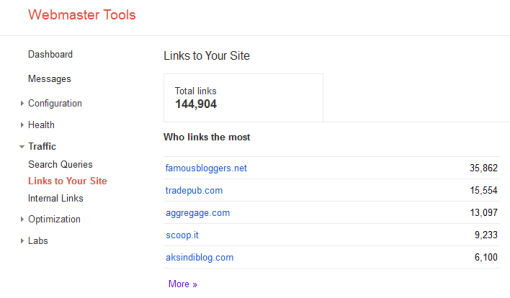
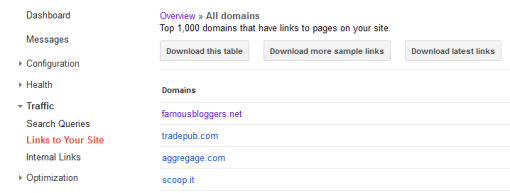
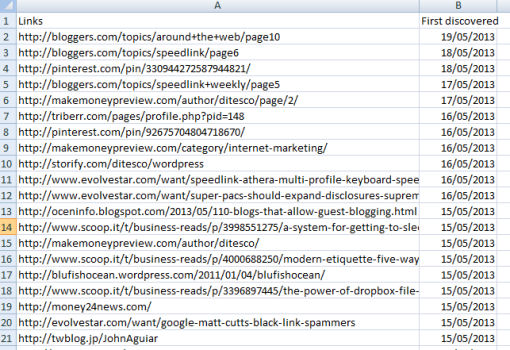
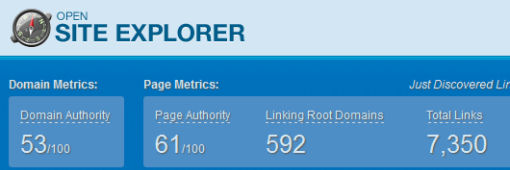
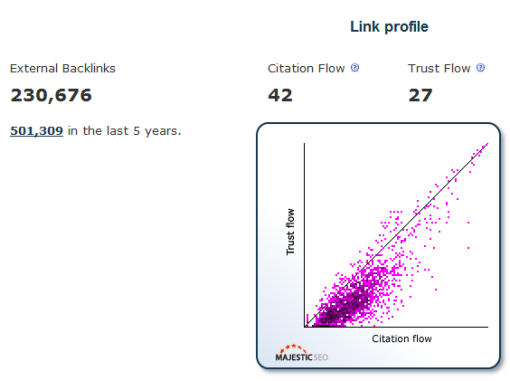


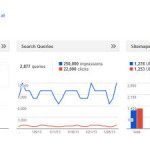




Comments are closed.